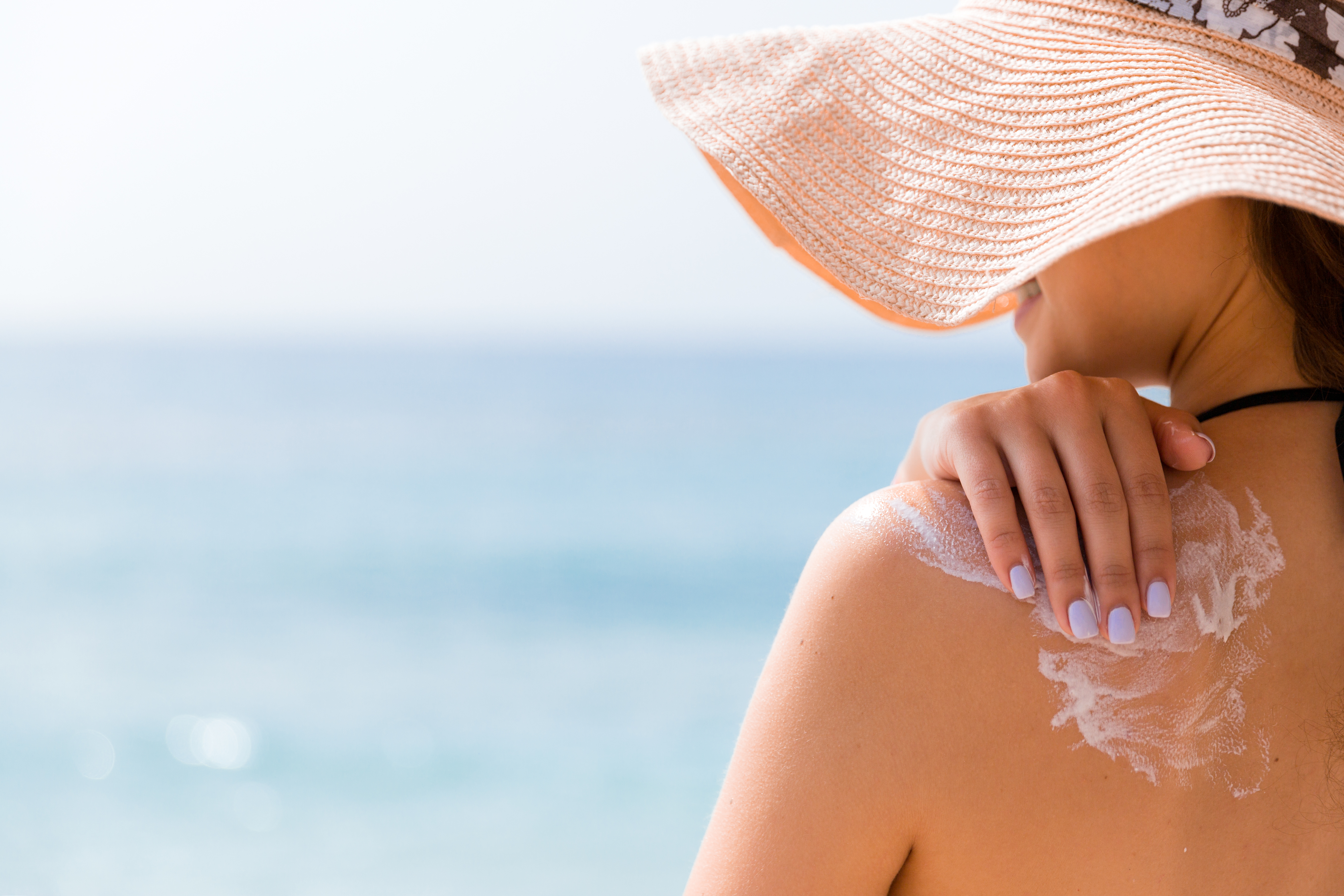Summer is the season we spend the most time outside and in the sun, but are we properly protecting ourselves from the sun’s ultraviolet (UV) rays? Overexposure to the sun that results in sunburns, even mild ones, can increase your risk of skin damage and certain skin diseases. It is important to remember to wear protective clothing and sunscreen even on cool or cloudy days.
Causes of Sunburns
Sunburns are caused by too much exposure to ultraviolet (UV) light given off by the sun. Tanning beds, sunlamps, and any other artificial forms of light that produce UV light can also cause sunburns. Everyone loves a good tan, but it’s your body’s way of blocking UV rays to prevent sunburns and other skin damage. Eventually overexposure to UV light causes the skin to burn, bringing pain, redness, and swelling.
Many people believe that on cloudy and cools days they are less likely to get sunburned, but this is not true. According to the Mayo Clinic, as many as 80 percent of UV rays pass through clouds, so even if it is cloudy, it is still necessary to protect yourself. Snow, sand, water and other surfaces can reflect UV rays, burning your skin as severely as direct sunlight.
Risk Factors
The following are factors that affect how easily or how often a person gets sunburn:
- Having light skin, blue eyes, and red or blond hair
- Living or vacationing somewhere sunny, warm, or at high altitude
- Working outdoors
- Mixing outdoor activities and alcohol
- History of sunburn
- Regularly exposing unprotected skin to UV light from sunlight or artificial sources
- Taking a drug that makes you more likely to burn (photosensitizing medications)
Symptoms
There are several signs and symptoms that indicate that a person has a sunburn:
- Pinkness or redness
- Skin that feels warm or hot to the touch
- Pain, tenderness, and itching
- Swelling
- Fluid-filled blisters
- Headache, fever, nausea and fatigue if the sunburn is severe
When to see a doctor
If your sunburn is bad enough, you might need to see a doctor. Signs of a bad sunburn include:
- Blisters that cover a large portion of your body
- High fever, extreme pain
- Extreme headache, confusion, and nausea
- Yellow drainage (pus) from an open blister
Prevention
While sunburns are not healthy or pleasant, the good news is that they can be prevented. Use the below methods to help prevent sunburns:
- Minimize sun exposure during 10 a.m. and 4 p.m.
- Try not to just go outside just to suntan or use tanning beds to tan
- Cover up. When outside, wear hats or try to cover up as much as possible with clothing designed to provide sun protection
- Use sunscreen frequently and generously
- Wear sunglasses with UVA and UVB protection
Wylie ER is here to help if you or a loved one begins to experience signs of severe sunburn. We encourage everyone to stay protected from too much exposure to sunlight this summer. Our physicians are available 24/7 to provide concierge-level care to adults and children alike.
Disclaimer: As a service to our readers, Wylie ER and Nutex Health state no content on this site, regardless of date, should ever be used as a substitute for direct medical advice from your doctor or other qualified clinicians.
Nutex Health, Inc supports you and your family’s health. You can depend on Wylie ER or any one of our concierge-level, medical facilities to deliver the emergency care you deserve, 24 hours a day, 365 days a year.






Comments are closed